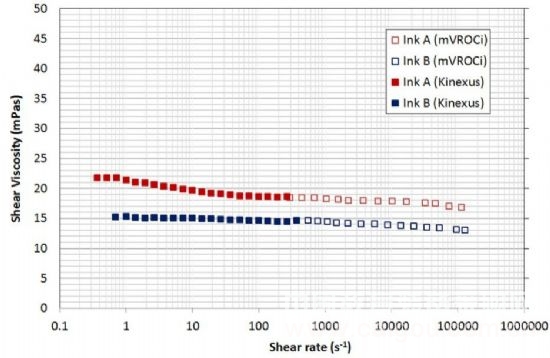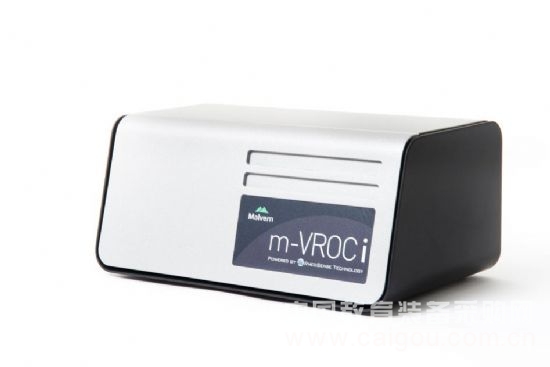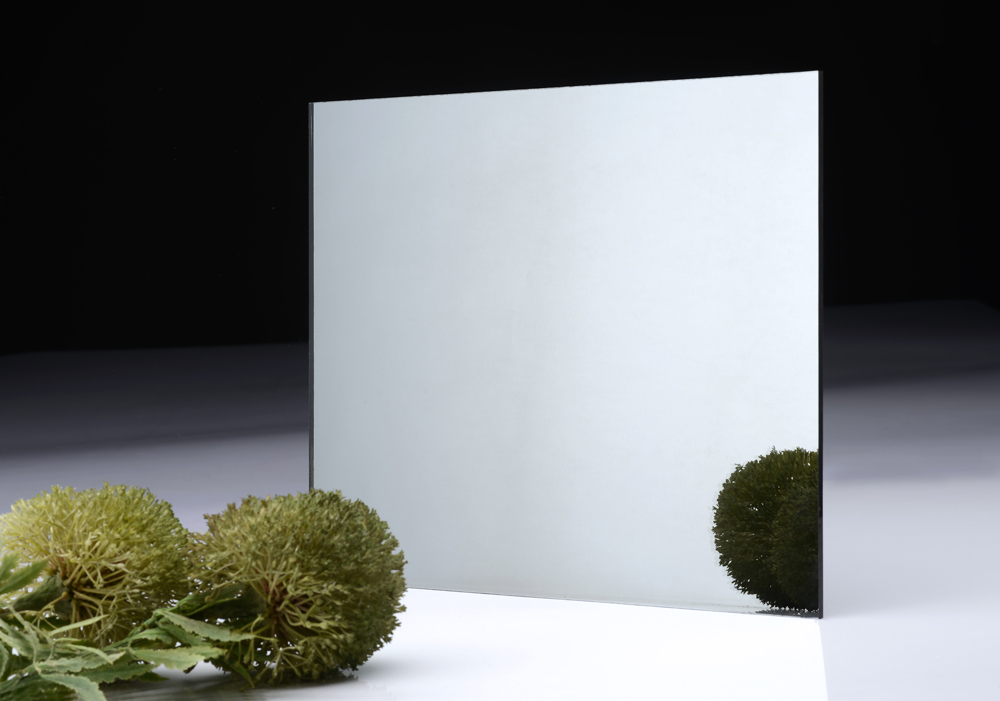Characterizing the Printing Performance of Low-Viscosity Ceramic Inks Using a Microfluidic Rheometer
Author: John Duffy, British Malvern Instruments Ltd – Rheological Product Marketing Manager
This article was originally published in the August 2014 issue of Polymer Coating Pigments.
In recent years, inkjet printing has become one of the most efficient methods for tile decoration, allowing high-definition patterns and images to be printed on various non-planar ceramic surfaces. Achieving such results requires ceramic inks with specific rheological properties that can adapt to the demands of the inkjet printing process. These inks must remain stable during storage, resisting sedimentation even under gravity, and must also exhibit excellent flow characteristics under the extreme shear forces experienced in the print head during operation. Rotational rheometers are widely used tools for measuring shear viscosity across a broad range of shear rates. However, they are not ideal for simulating the ultra-high shear conditions found in printheads. Fortunately, microfluidic rheology is an emerging technique that offers significant advantages in this area. Understanding the importance of process-related rheological data is crucial. The shear rate within a print head typically ranges from 10âµ to 10ⶠsâ»Â¹. For effective jet actuation and droplet deposition, the ink must have low viscosity—ideally between 5 and 25 mPa·s. Yet, maintaining such low viscosity can compromise storage stability. Ink is generally a suspension of solvents, binders, surfactants, and pigments or dyes. Under low-viscosity conditions, these particles are more likely to settle, which is why inks need sufficient viscosity at low shear rates (like when stored in a bottle) to prevent sedimentation. Balancing these conflicting requirements means researchers must accurately measure and control ink viscosity over a wide range of shear rates. Microfluidic rheology provides a solution. Unlike traditional rotational methods, which struggle at high shear rates due to issues like flow instability or heat generation, microfluidic systems use narrow channels (typically 40–200 µm) and MEMS pressure sensors to measure pressure drops and calculate viscosity. This allows precise measurement of viscosity across ultra-high shear rates, making it ideal for characterizing ink behavior in real-world printing environments. To demonstrate the value of combining both techniques, we tested two commercial inkjet inks using the Malvern Kinexus rotational rheometer and the m-VROCi microfluidic rheometer. The resulting flow curves (Figure 1) show how viscosity changes across a shear rate range of 0.5 to 100,000 sâ»Â¹. Both inks exhibited slight shear-thinning behavior, but their viscosities remained relatively stable. Ink A had a viscosity of ~22 mPa·s at 1 sâ»Â¹ and ~17 mPa·s at 100,000 sâ»Â¹, indicating a small but meaningful drop under high shear. This non-Newtonian behavior can help balance stability and performance in the printhead. Looking ahead, as inkjet printing becomes more prevalent in tile decoration, there's a growing demand for advanced ink formulations. Microfluidic rheology plays a key role in developing inks that perform well throughout all stages of use—storage, printing, and final quality. By combining microfluidic and rotational rheometers, researchers can simulate real-world conditions and gather critical data to create inks with optimal stability, flow, and print quality.End
Figure 1: Flow curves obtained using a rotary rheometer (solid squares) and a microfluidic rheometer (open squares) cover a wide shear rate range (0.5 sâ»Â¹ to 100,000 sâ»Â¹).

Figure 2: The Malvern m-VROCi microfluidic rheometer is designed to measure ink viscosity at very high shear rates.

Silver mirrors are commonly known as waterproof mirrors, mercury mirrors, silver-plated mirrors on glass surfaces, glass mirrors, mirror glass, etc. Silver mirrors are widely used in furniture, handicrafts, decoration, bathroom mirrors, cosmetic mirrors, optical mirrors, and car rearview mirrors.
In addition, we also sell Silver Mirror glass, silver mirror commonly known as waterproof mirror, mercury mirror, silver-plated mirror on glass surface, glass mirror, mirror glass, etc. Silver mirrors are widely used in furniture, handicrafts, decoration, bathroom mirrors, cosmetic mirrors, optical mirrors, and car rearview mirrors.

Tinted Silver Mirror,Tinted Silver Mirror Black,Tinted Silver Mirror Visor,Tinted Silver Mirror Tray
Dongguan Huahui Glass Manufacturing Co.,Ltd , https://www.antiquemirrorsupplier.com